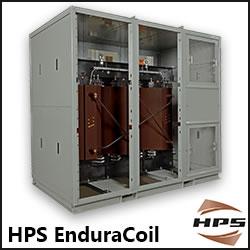Windiest industrial estate mapped for renewables study
The windiest industrial estate in Scotland has been identified for the first time as part of a study to map commercial sites' potential for wind energy generation.
The windiest industrial estate in Scotland has been identified for the first time as part of a study to map commercial sites' potential for wind energy generation.
The Mayfield Industrial Estate in Dalkeith, Midlothian, is thought to be the mainland's draughtiest, while more than 740 others have the potential to cut power costs and carbon emissions using renewable technology.
Airborne Energy, which is developing a new type of wind turbine suitable for use in urban locations, collected the data, which is based on UK Government figures.
Neil MacTavish, Business Development Manager at the Midlothian firm, said: "We wanted to see what the scale of the wind resource was in industrial estates, which is precisely the sort of location in which our product would operate best.
"Technically you can find windier places among the islands, like Unst and Yell in Shetland, and on the occasional promontory headland, but if you want to lose your hat in an urban location, Mayfield is the best place to start. It's sited on a hill overlooking the Firth of Forth, and the weather is really noticeable up there."
The data which has been collected can be used to assess the potential for wind energy electricity generation by occupiers of the industrial estates.
Wind turbines are eligible for the UK government's Feed-in-Tariffs which means businesses can earn money from the electricity they generate. Organisations can also receive payments for electricity which is not used and which is exported to the local grid.
Ends
Featured Product

HPS EnduraCoilTM Cast Resin Medium Voltage Transformer
HPS EnduraCoil is a high-performance cast resin transformer designed for many demanding and diverse applications while minimizing both installation and maintenance costs. Coils are formed with mineral-filled epoxy, reinforced with fiberglass and cast to provide complete void-free resin impregnation throughout the entire insulation system. HPS EnduraCoil complies with the new NRCan 2019 and DOE 2016 efficiency regulations and is approved by both UL and CSA standards. It is also seismic qualified per IBC 2012/ASCE 7-10/CBC 2013. Cast resin transformers are self-extinguishing in the unlikely event of fire, environmentally friendly and offer greater resistance to short circuits. HPS also offers wide range of accessories for transformer protection and monitoring requirements.
